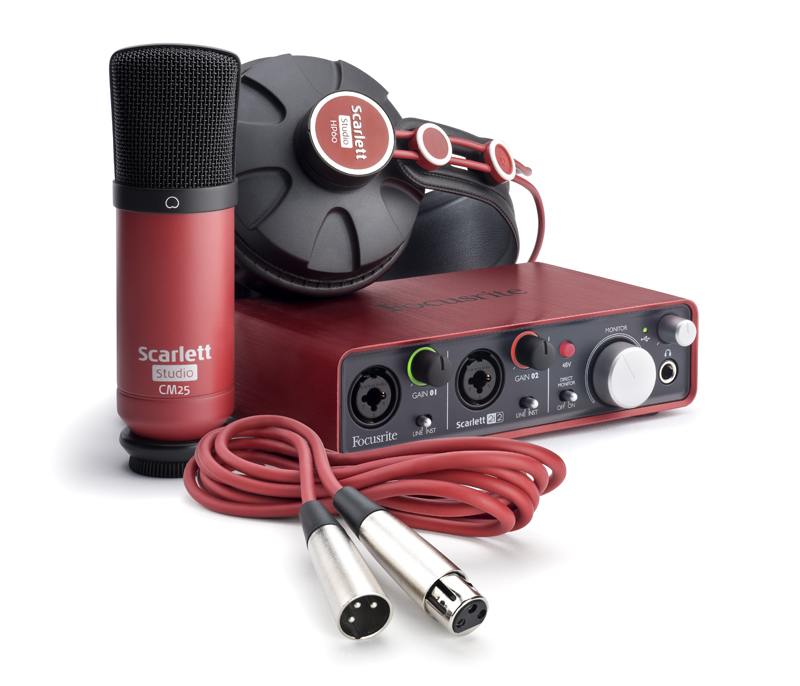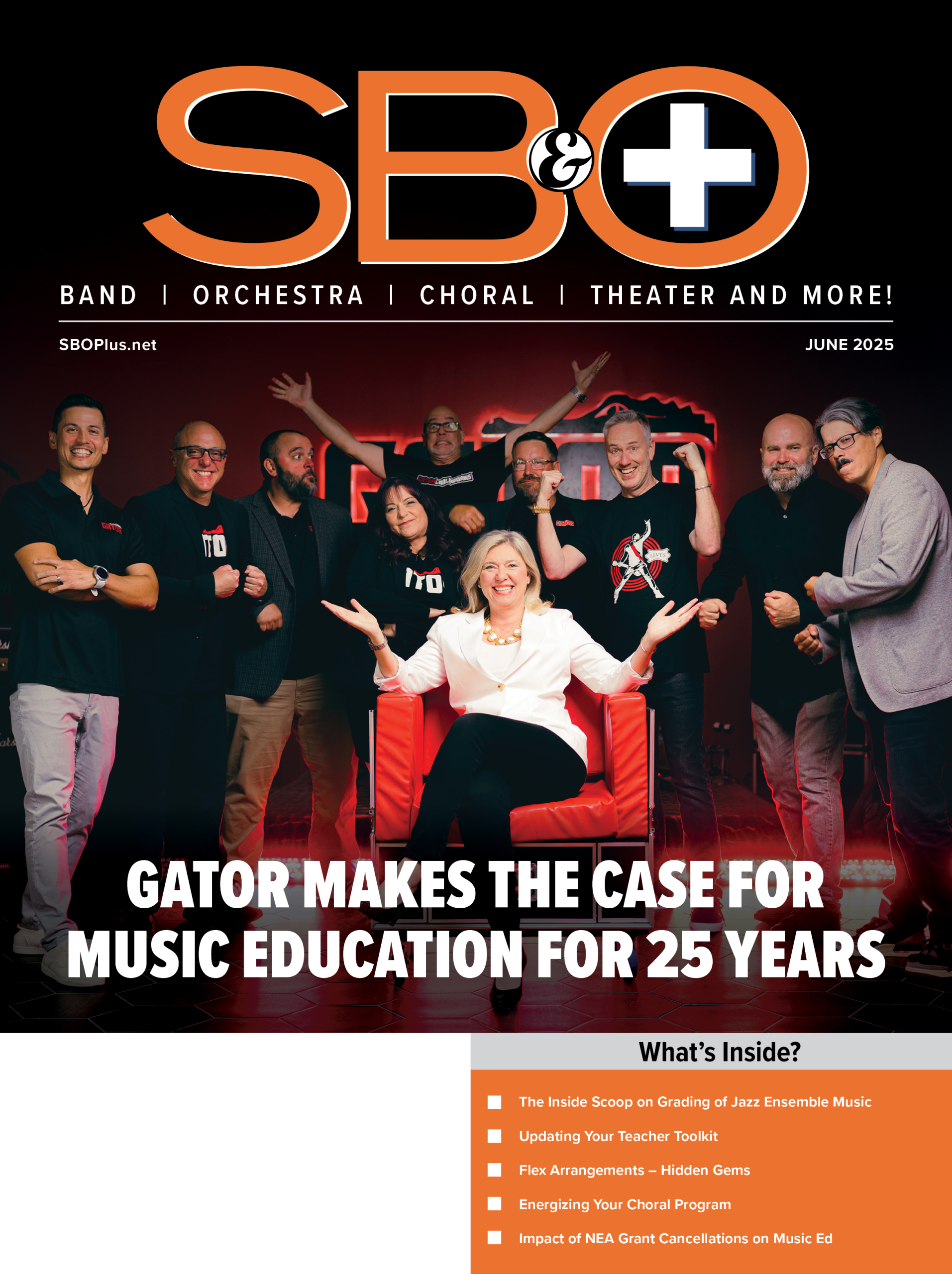 If there is a component of music that might be perceived as unquestionably measurable it would be rhythm. Certainly, rhythmic notation appears to be fixed, exact, and finite. A quarter note is a quarter note, an eighth note is an eighth note, and so on. Do the math, match rhythmic notation with a metronome marking and the pathway to refinement appears clear.
If there is a component of music that might be perceived as unquestionably measurable it would be rhythm. Certainly, rhythmic notation appears to be fixed, exact, and finite. A quarter note is a quarter note, an eighth note is an eighth note, and so on. Do the math, match rhythmic notation with a metronome marking and the pathway to refinement appears clear.
But, Bruno Walter said, “The measurability of musical rhythm, and therefore the accurateness of its notation is only approximate.” How can Walter’s word ring true in our world of sophisticated metronomes, click tracks, and electronic rigidity? After all, who wants to hear Bernstein’s Profanation, Vaughan William’s Toccata Marziale, or John Adams Short Ride in a Fast Machine without a heightened sensitivity to rhythmic precision. Accurate rhythms are central to the “message” of this genre of musical thought.
But rhythmic notation does not exist in a vacuum, void of liaisons with all other musical complexities. It serves many masters. Thus, it is sometimes necessary to “color outside the lines” and “interpret” rhythm to reach an artistic center. What might some of those variables be.
Look no further than the distortion of a written rhythm intended to capture or emphasize a particular musical style. We accept and pay homage to this reality each time we interpret a jazz rhythm or passage by adapting a laid back, relaxed quasi 9/8 or 12/8 feel. The music demands it. And, I might add, if we fail to “break the rules” and allow the music to swing, we have sinned!
Perhaps the notion of “swing” is overly simplified and obvious but there are countless other more subtle examples. Take dotted rhythms. Referring to Bruno Walter, he went on to say, “Divergence from arithmetical exactness occurs mainly in the case of the short notes in dotted rhythms, which an interpreter of lively rhythmic sense feels a little shorter, and therefore places a little later than prescribed by the notation.” Look no further than Hindemith’s March from the Symphonic Metamorphosis for a compelling example. If you play the dotted rhythms in rigid compliance with the precise notation, they sound stodgy. Place the small notes slightly closer to the next dotted note (on the “backside” of the pulse) and the music seems to leap off the page.
This same “interpretation” might apply to certain 6/8 rhythms. For instance, the quarter note, eighth note rhythm that dominates the melodic line in the first movement of Lincolnshire Posy. The eighth note wants to be played a little late and closer to the next beat than what precise rhythmic notation would require. In fact, in an early piano sketch of this music Grainger inserted the word “jumpingly” to conjure up the impression of a musical style he viewed as appropriate. Playing this line rhythmically exact results in the music sounding lazy and lacking lilt. Yet another sin.
There are countless examples of this “inexact reality.” Another case in point, a single note or note grouping that might be slightly distorted rhythmically to add nuance or dramatize an arrival point. Or, perhaps, the front end of a note being slightly delayed adding a sense of expectancy. These are musically valid variables.
There are also boundless opportunities to draw upon this application of “artistic license” as we deliberately manipulate the pulse of the music to highlight harmonic emphasis, create tension or delay a moment of resolution. The interplay of rhythm and harmony has the potential to deepen the expressiveness of the music at hand. In many cases, the rhythm gives the music structure while the harmony has the potential to enhance the artistry. How we comingle these elements deepens the expressiveness of our music making. If our mental focus remains on 1 & 2 & or down-up-down-up the magic is lost. Again, we have sinned.
A final consideration might be as simple as a single whole note. At times that one note must be rhythmically precise. Yet in other musical circumstances that whole note implores us to exceed rhythmic exactness with the beginning of the note sounding vague or the ending of the note being slightly blurred or perhaps “smeared” into the silence that follows. The musical moment is enriched.
All these options (and there are countless more) exceed the “ink on the page.” They are a subset of the essence of music making we refer to as “interpretation.” The depth of our musicianship is partially defined by how we contemplate the potential for rhythmic expressiveness the music affords us. Only when we break these bonds of “rhythmic rigidity” do we unlock the potential for the true depth of the actual music being revealed to us.
The indiscretion of perceiving all rhythms literally with explicit excerpts is discussed in detail in The Seven Deadly Sins of Music Making by Richard Floyd and published by GIA. In our next installment we will explore the sin of being obsessed with tempo markings.


























